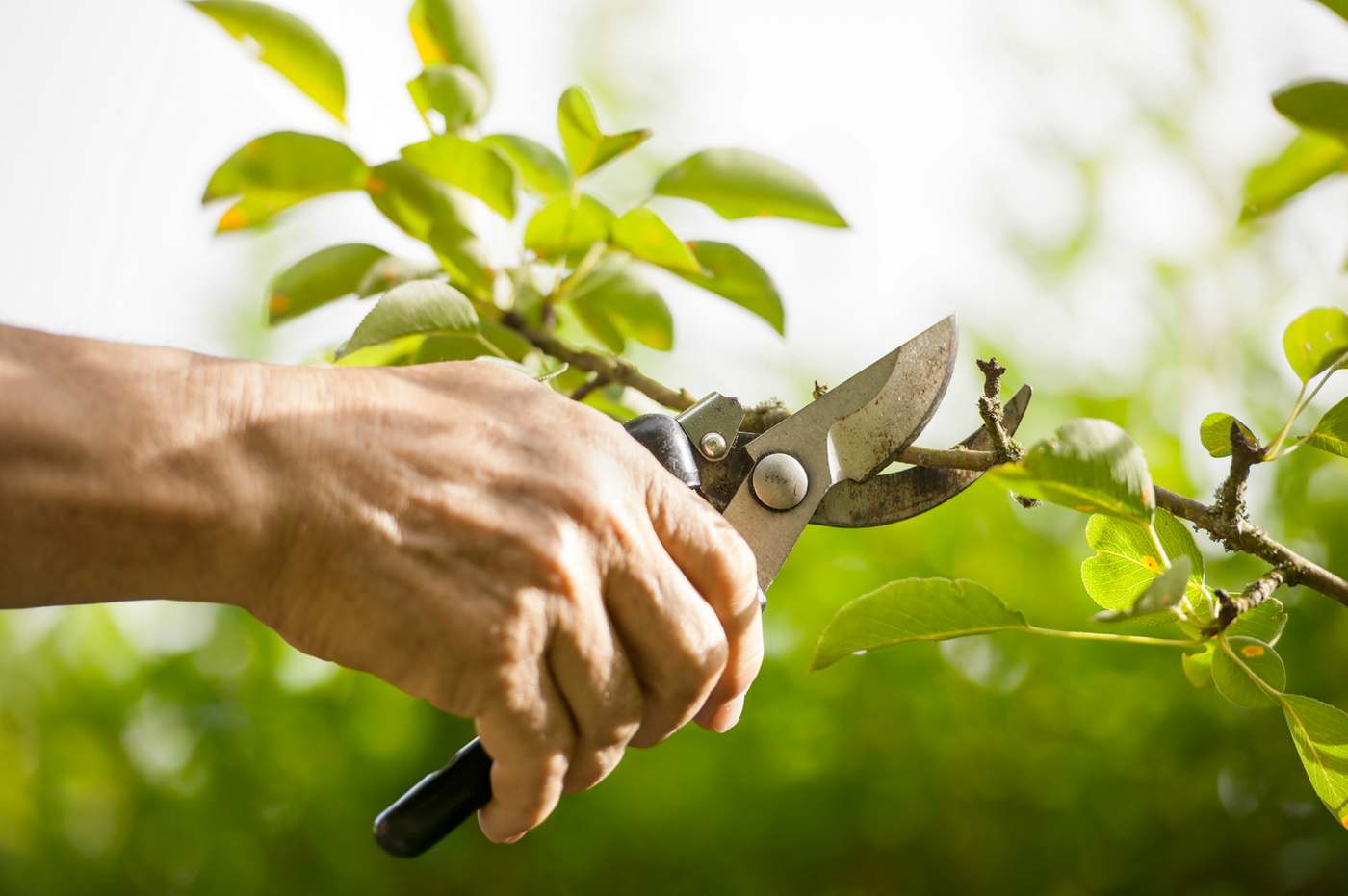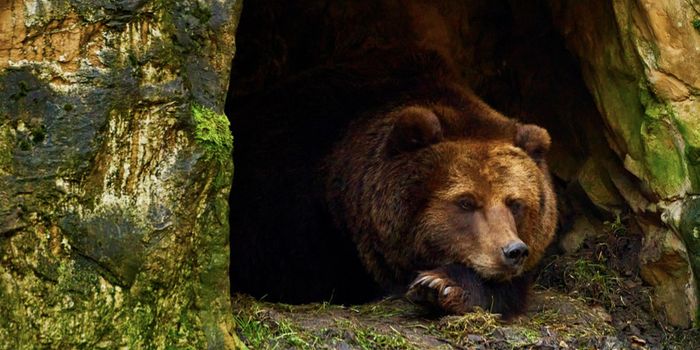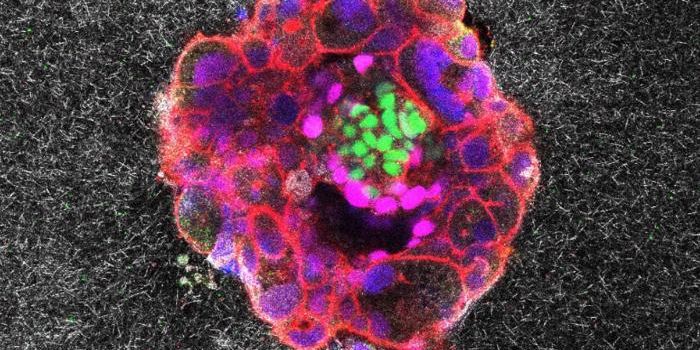Trees Have a Defense Mechanism Against Being Eaten
If you’re a little tree sapling in the middle of a forest somewhere, then you’re easy picking for animals like roe deer. In fact, if they find you, they’re going to nibble on you and make it hard or nearly impossible to grow into a full tree.

But obviously, not all existing trees are around because of sheer luck, so they must have some kind of defense mechanism to help ensure their survival.
A new research study performed by biologists from the Leipzig University and the German Centre for Integrative Biodiversity Research has shed some light on how these little saplings are able to protect themselves from predators.
Published in the journal Functional Ecology, the scientists explain in their research how the saplings increase the production of certain hormones to not only keep predators away, but also to stimulate growth so the plant can grow more quickly and efficiently to increase its odds of survival.
Apparently, saliva from animals like roe deer acts as the catalyst for releasing those hormones. When a tree detects the presence of saliva at any part of its limbs that have been gnawed off, this sends the signal.
One of those is salicylic acid, which tells the plant to increase the production of something known as tannins. These effectively repeal deer by leaving a bitter taste in their mouth that makes the tree less appetizing. This is step one in the self-defense mechanism.
The next is the production of growth hormones. After a plant detects that it has been stripped of a limb or chewed on, the growth hormones kick in to replace the damaged limb and try to nurse the plant to a larger size to increase its odds of survival against predators.
So what happens if a limb of a tree comes off in a storm rather than by a predator? Well the research delved into this question too. Obviously, no saliva is involved when a limb gets ripped off by high winds. In this case, there is no trigger to activate the predator repellant and rather, neither the repellant hormone or growth hormone are produced.
Instead, the tree produces wound hormones, which help to let the tree heal itself or replace buds or limbs where necessary.
“If a leaf or a bud snaps off without a roe deer being involved, the tree stimulates neither its production of the salicylic acid signal hormone nor the tannic substances. Instead, it predominantly produces wound hormones,” explains Bettina Ohse, lead author of the study.
“Following this initial fundamental research, it would now be interesting to also examine other tree species and their defense strategies against roe deer. If some turn out to be better defended, these species could possibly be used more in forests in the future.”
Call it survival, it seems that plants have a way to ensure their survival whether they’re being attacked by animals or by mother nature.
Source: Phys.org








